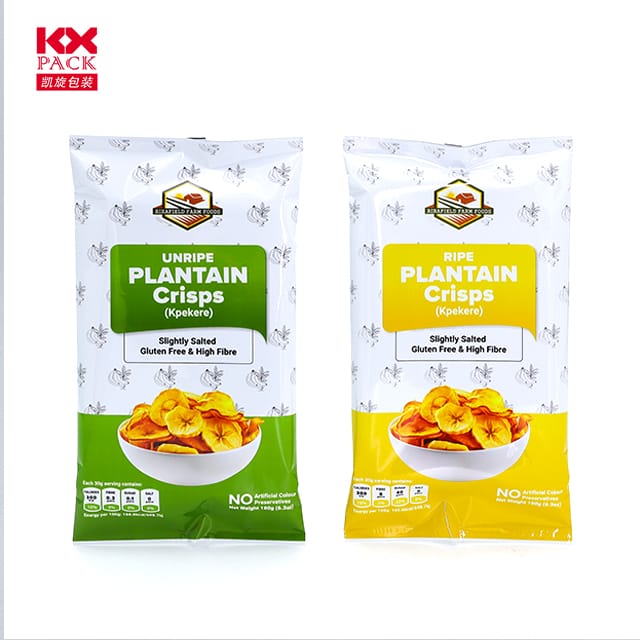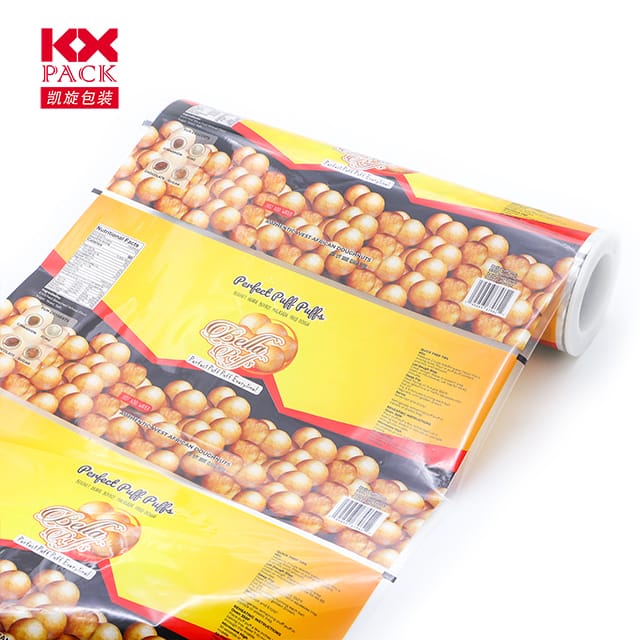Packaging Film: The Unsung Hero of Modern Consumerism
Packaging Film
In the world of commerce, where first impressions matter and product protection is non-negotiable, فيلم التعبئة والتغليف plays a quiet yet pivotal role. From the crisp seal on your morning cereal to the shrink-wrapped pallets at a warehouse, this flexible material keeps products safe, fresh, and visually appealing. دعونا نتفكك العلم, ابتكار, and sustainability behind packaging film—and why it’s more than just “plastic wrap.”
What Is Packaging Film?
Packaging film is a thin, flexible material (often made from polymers like polyethylene, البولي بروبيلين, or biodegradable alternatives) used to wrap, ختم, or protect goods. It comes in various forms:
- Stretch Film: For bundling pallets or securing items during shipping.
- Shrink Film: Shrinks tightly when heated, creating a tamper-proof seal.
- أفلام الحاجز: Blocks oxygen, رُطُوبَة, or light to preserve food and pharmaceuticals.
- أفلام قابلة للتحلل: Eco-friendly options made from plant-based materials or compostable polymers.
Why Is It So Essential?
- Product Protection:
- Shields items from dust, رُطُوبَة, والأضرار الجسدية.
- Extends shelf life for perishables (على سبيل المثال, لحمة, جبن, produce) by preventing spoilage.
- Brand Visibility:
- Custom-printed films turn packaging into a marketing tool, reinforcing brand identity.
- Efficiency & Cost Savings:
- Lightweight and space-saving, reducing shipping costs and carbon footprints.
- Automated machinery allows high-speed packaging for mass production.
- Convenience:
- Resealable zippers or easy-tear features enhance user experience.
Innovations Driving the Future
The packaging film industry is evolving rapidly to meet sustainability demands and functional needs:
- Sustainable Materials:
- Brands are shifting toward قابل للتحلل, سماد, or recyclable films (على سبيل المثال, جيش التحرير الشعبى الصينى, derived from corn starch).
- Post-consumer recycled (PCR) content is becoming more common.
- العبوة الذكية:
- Films embedded with sensors or QR codes track freshness, detect leaks, or provide anti-counterfeiting measures.
- Edible films (made from seaweed or starch) are emerging for single-use food wraps.
- أرق, Stronger Films:
- Nanotechnology improves barrier properties, allowing thinner films without sacrificing strength.
- Circular Economy Solutions:
- Companies are designing films for easier recycling or reuse (على سبيل المثال, mono-material pouches).
Challenges on the Horizon
Despite its benefits, packaging film faces criticism:
- Plastic Waste: Single-use films contribute to landfills and ocean pollution.
- Recycling Hurdles: Multi-layer films (common in snack packaging) are hard to recycle.
- Cost vs. الاستدامة: Eco-friendly alternatives often cost more, slowing adoption.
الطريق إلى الأمام: Balancing Innovation and Responsibility
The future of packaging film lies insmarter, حلول خضرة:
- Industry Collaboration: العلامات التجارية, suppliers, and recyclers must work together to standardize eco-friendly materials.
- تعليم المستهلك: Encouraging recycling and proper disposal of films.
- دفعة تنظيمية: Governments are introducing bans on single-use plastics, incentivizing innovation.
استنتاج
Packaging film is a testament to human ingenuity—a tiny layer that safeguards, promotes, and connects products to consumers. As we strive for a more sustainable future, the challenge is to harness its potential without compromising the planet. Whether it’s through biodegradable materials, smart technologies, or circular design, the next generation of packaging film will redefine how we protect, present, and perceive the goods we love.
What’s your take? Do you prioritize eco-friendly packaging, or is functionality your top concern? Let’s discuss in the comments! 🌱📦
Stay curious, and subscribe for more insights into the materials that shape our world! 🚀







